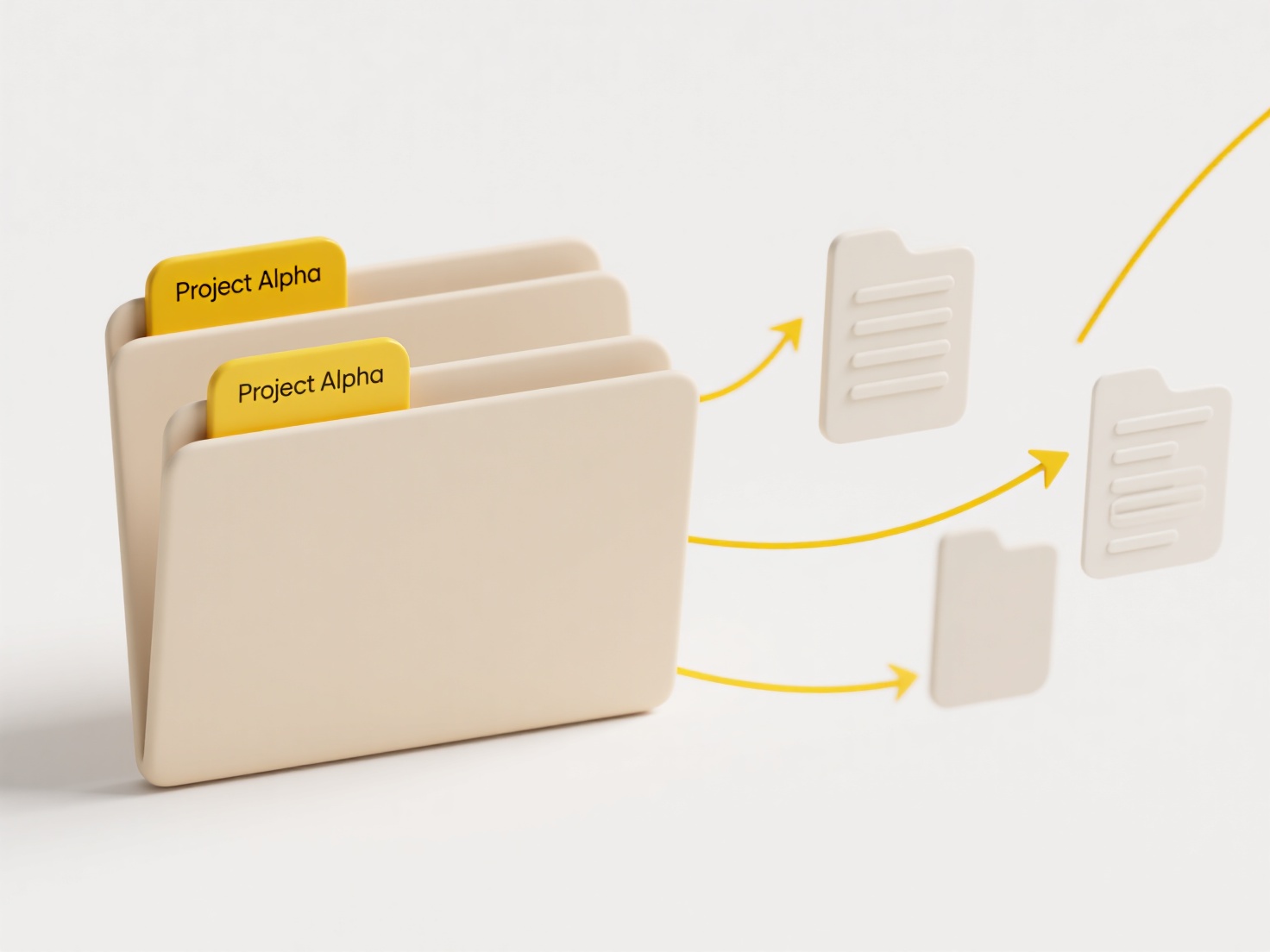
Emojis are pictorial symbols representing concepts like emotions or objects. Using them in file names involves adding these characters alongside standard text when saving files. Technically, modern operating systems (OS) like Windows, macOS, Android, and iOS generally support Unicode, which encodes emojis. However, this differs from traditional file naming which relies solely on letters, numbers, hyphens, and underscores. Compatibility and readability can vary significantly across systems or software not fully supporting Unicode or specific emoji versions.
People sometimes use emojis in file names for quick visual recognition or informal organization. Examples include a marketing team adding a 📊 emoji to reports (e.g., Sales_Report_Q2📊.xlsx) for easy spotting in shared drives, or individuals using a ❤️ in personal vacation photo filenames (e.g., Hawaii_2024_❤️.jpg). Cloud storage platforms like Dropbox, Google Drive, and collaboration tools like Slack often display these filenames correctly on modern devices.

While emojis can enhance organization and engagement visually, they pose practical limitations. Legacy systems, specialized software, or older OS versions might display emojis as blank squares or question marks, causing confusion or access issues. Searching for files using emojis can be difficult, and they complicate command-line operations. Additionally, specific emojis or large numbers might break scripts or exceed file system character limits. Future broader Unicode adoption may reduce limitations, but caution is advised for compatibility-sensitive professional environments.
Can I use emojis in file names?
Emojis are pictorial symbols representing concepts like emotions or objects. Using them in file names involves adding these characters alongside standard text when saving files. Technically, modern operating systems (OS) like Windows, macOS, Android, and iOS generally support Unicode, which encodes emojis. However, this differs from traditional file naming which relies solely on letters, numbers, hyphens, and underscores. Compatibility and readability can vary significantly across systems or software not fully supporting Unicode or specific emoji versions.
People sometimes use emojis in file names for quick visual recognition or informal organization. Examples include a marketing team adding a 📊 emoji to reports (e.g., Sales_Report_Q2📊.xlsx) for easy spotting in shared drives, or individuals using a ❤️ in personal vacation photo filenames (e.g., Hawaii_2024_❤️.jpg). Cloud storage platforms like Dropbox, Google Drive, and collaboration tools like Slack often display these filenames correctly on modern devices.

While emojis can enhance organization and engagement visually, they pose practical limitations. Legacy systems, specialized software, or older OS versions might display emojis as blank squares or question marks, causing confusion or access issues. Searching for files using emojis can be difficult, and they complicate command-line operations. Additionally, specific emojis or large numbers might break scripts or exceed file system character limits. Future broader Unicode adoption may reduce limitations, but caution is advised for compatibility-sensitive professional environments.
Quick Article Links
Can I revert renamed files to original names?
Reverting renamed files to their original names depends on the specific tools, settings, and history available when the ...
What is a .psd file?
A PSD (Photoshop Document) file is the default file format used by Adobe Photoshop. It uniquely preserves all the editab...
Are .zip files safe to open?
ZIP files are compressed archives that bundle multiple files and folders into one smaller, easier-to-transfer package. T...